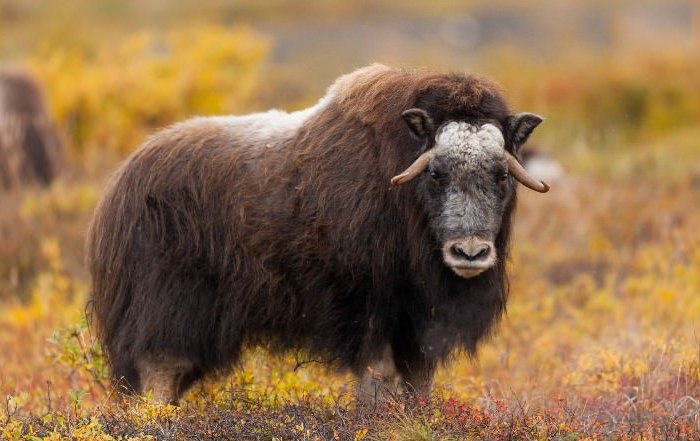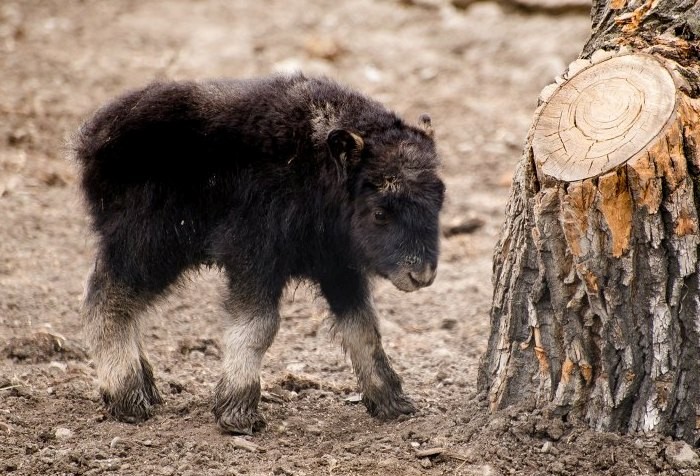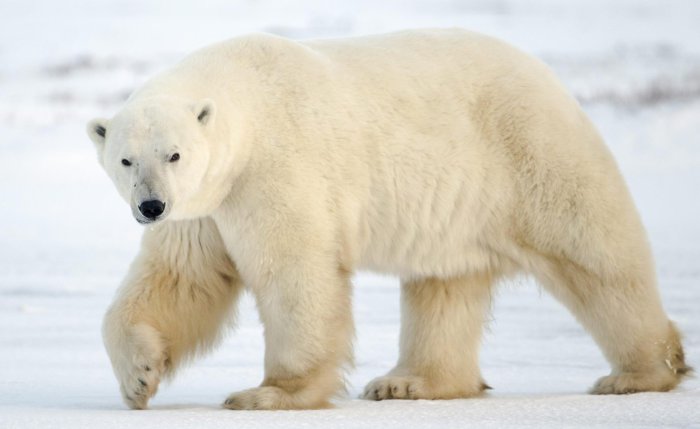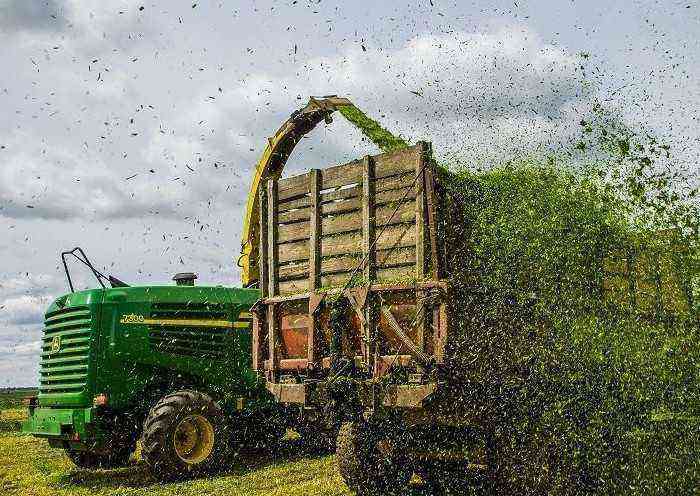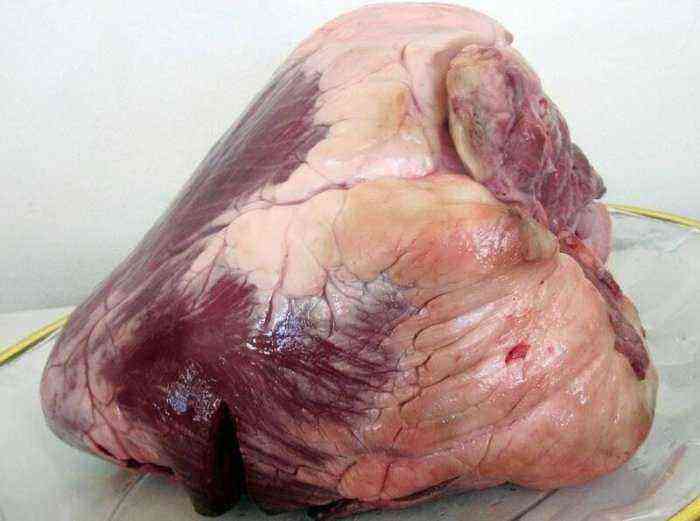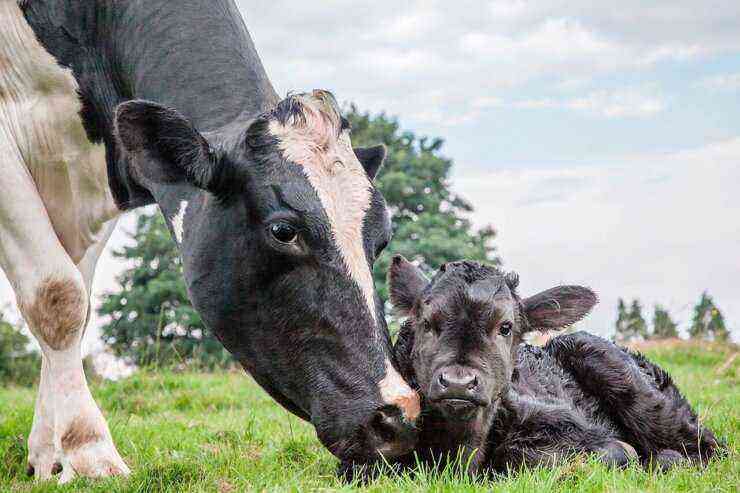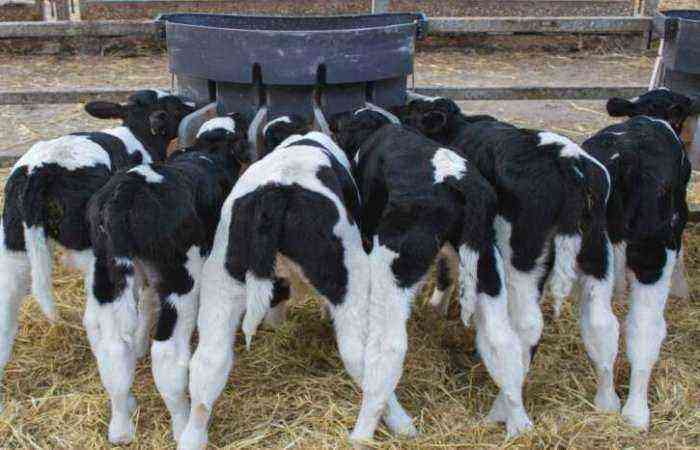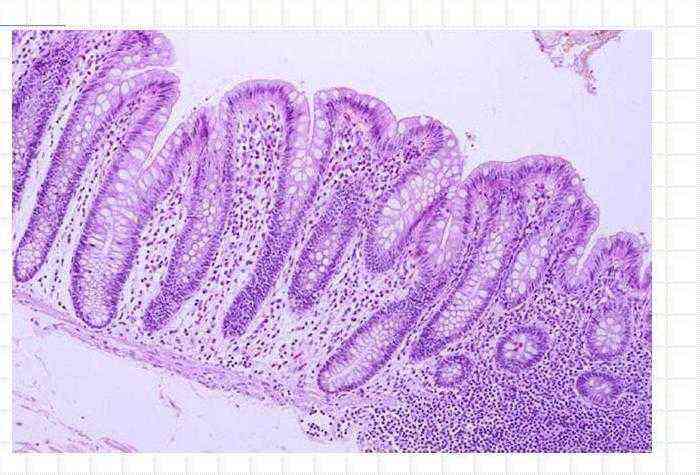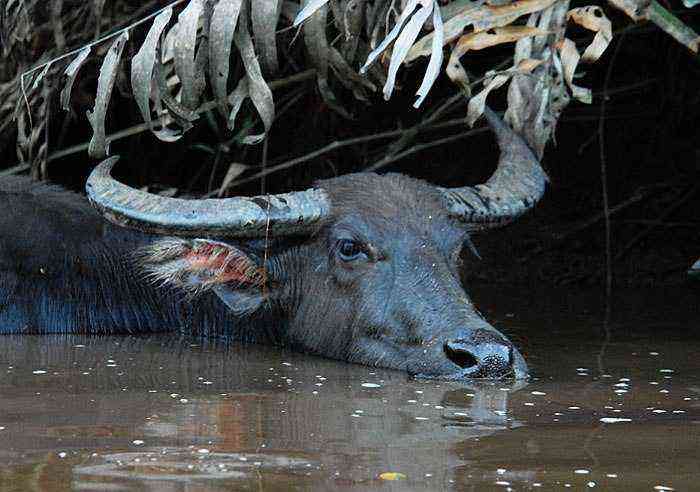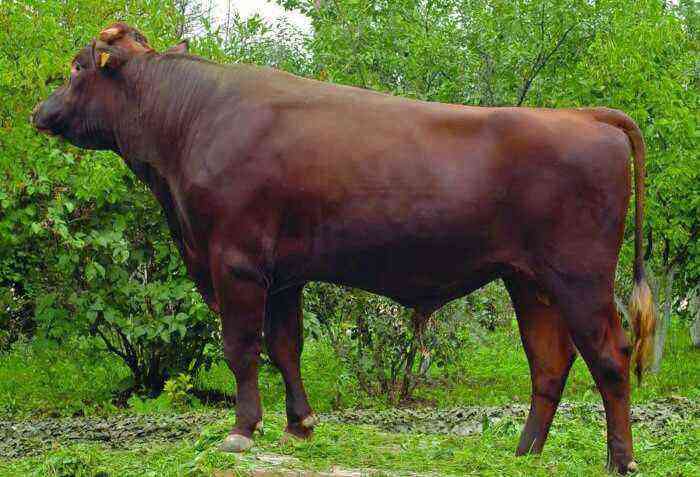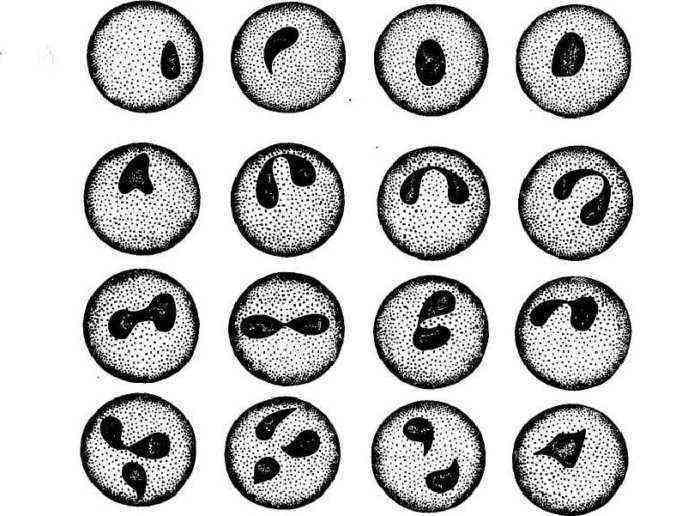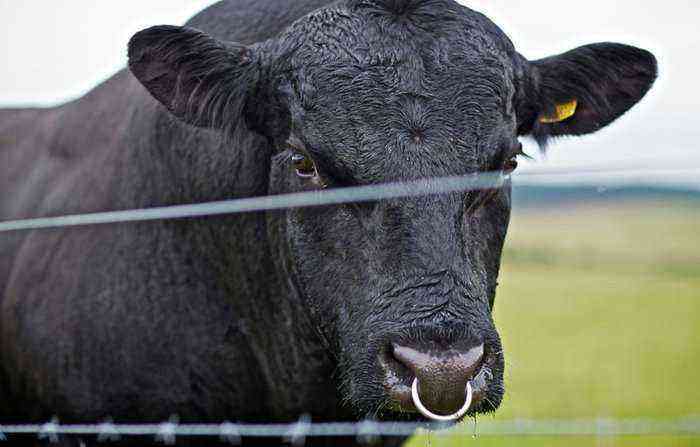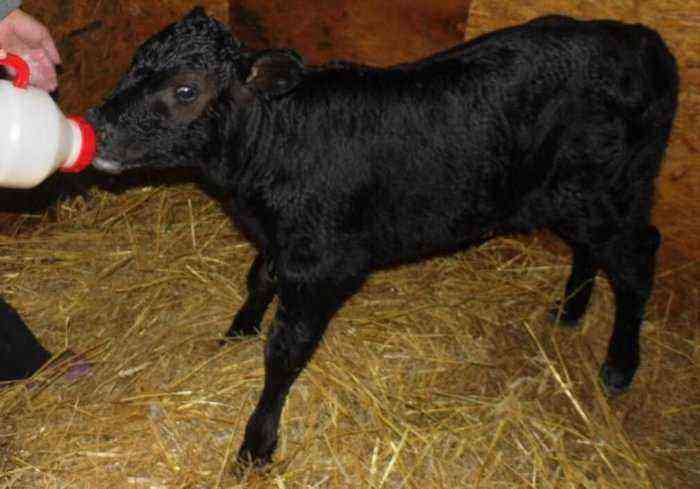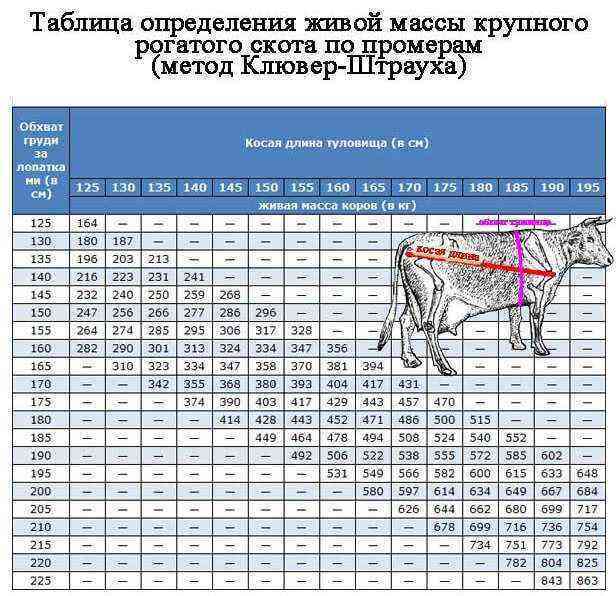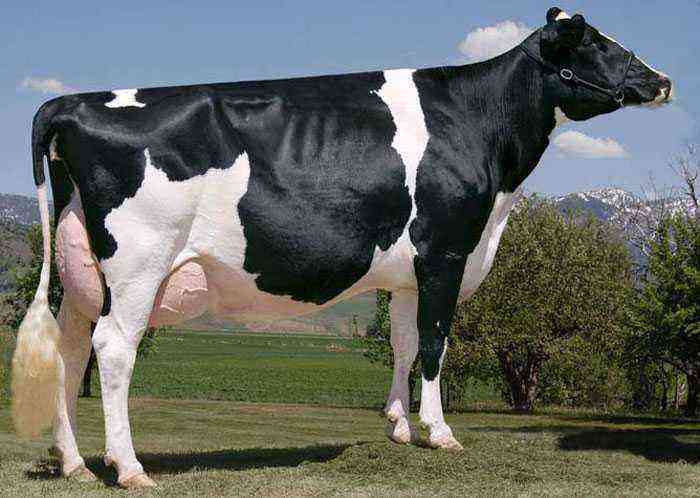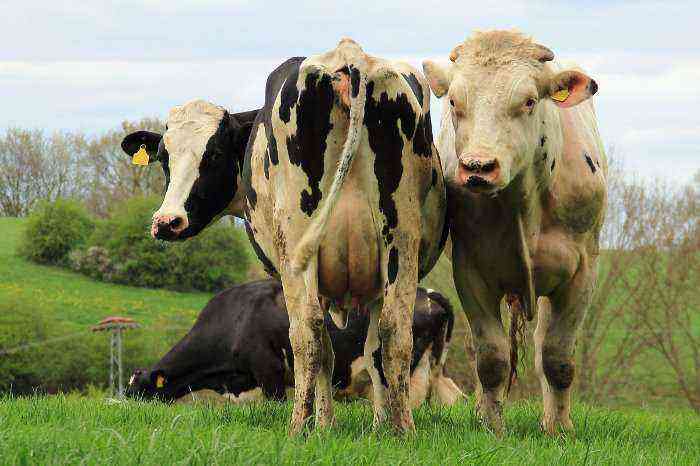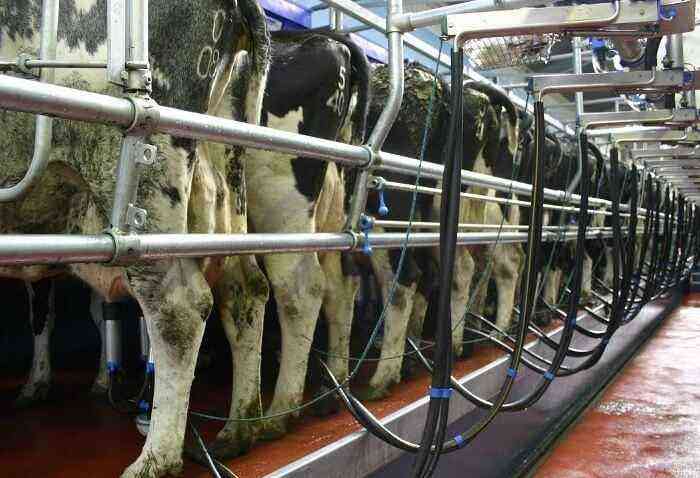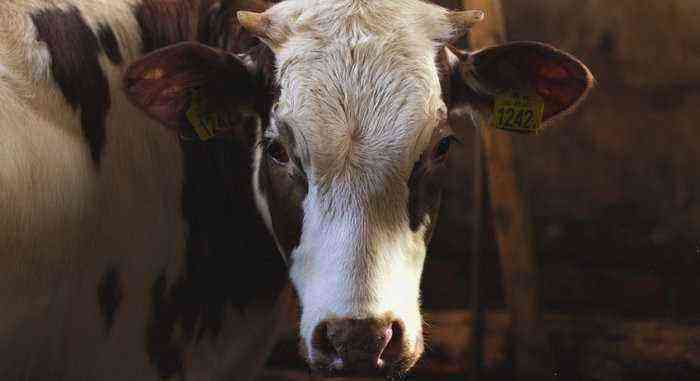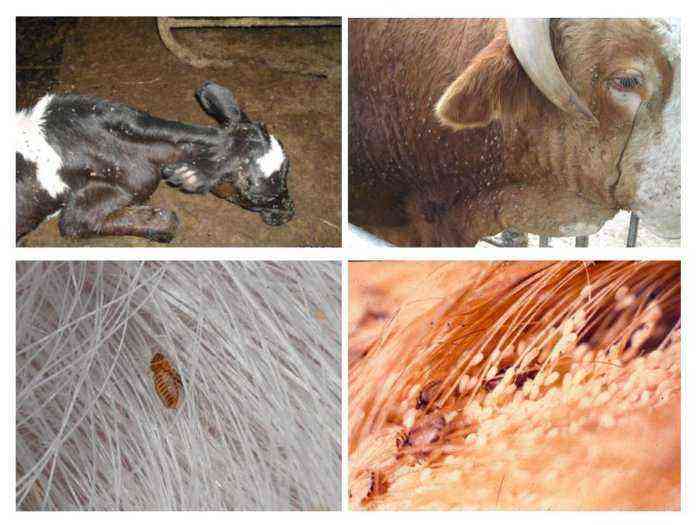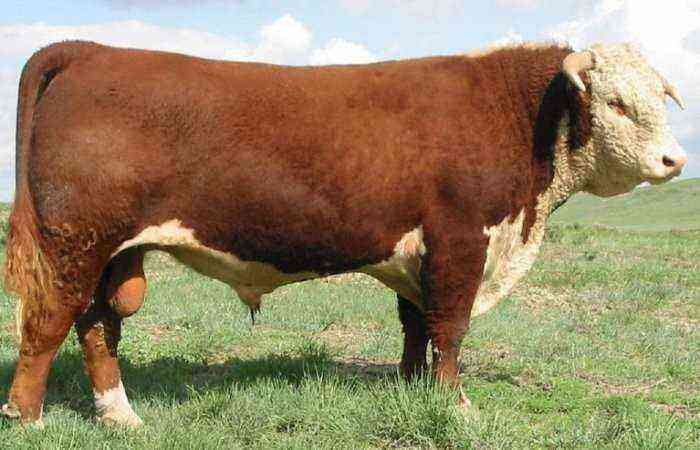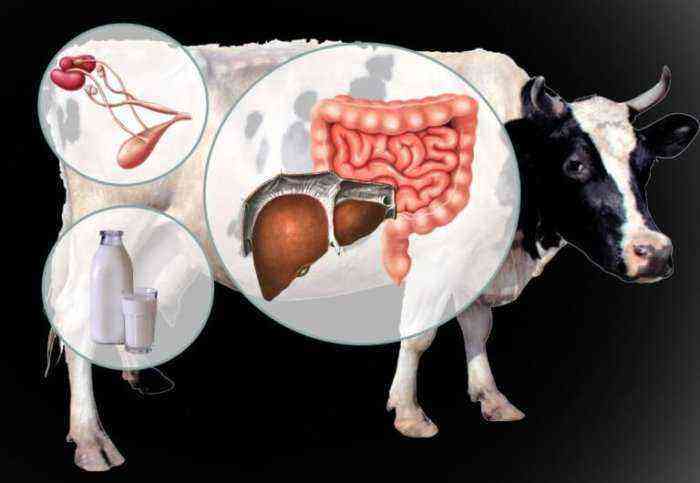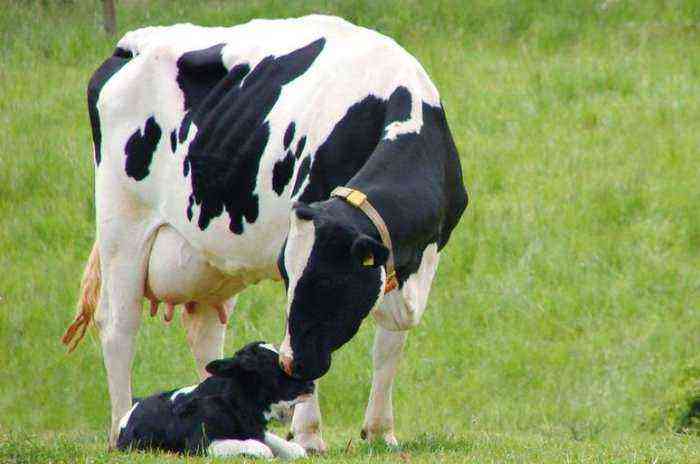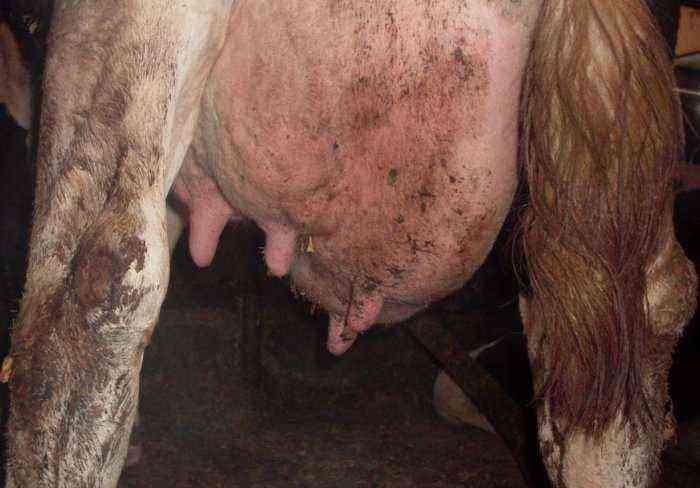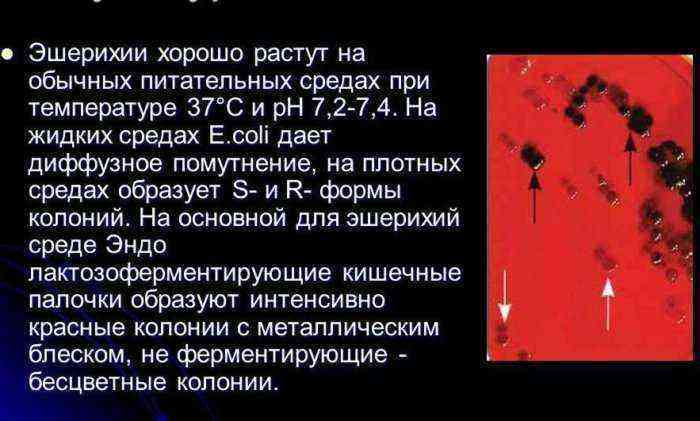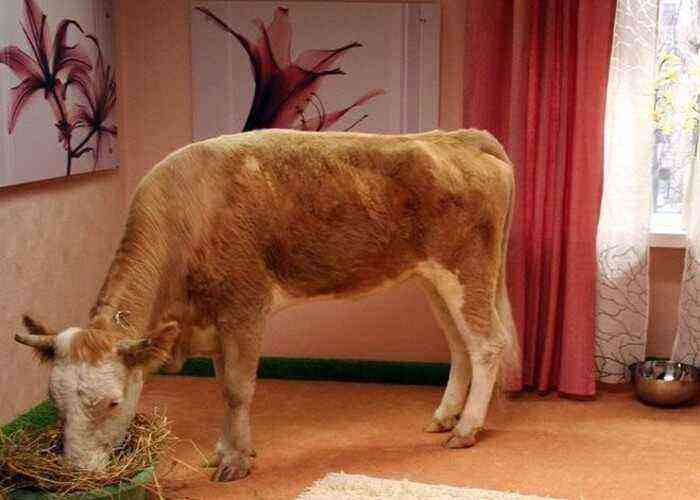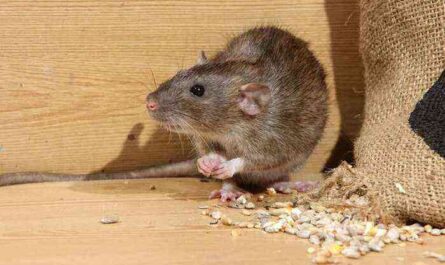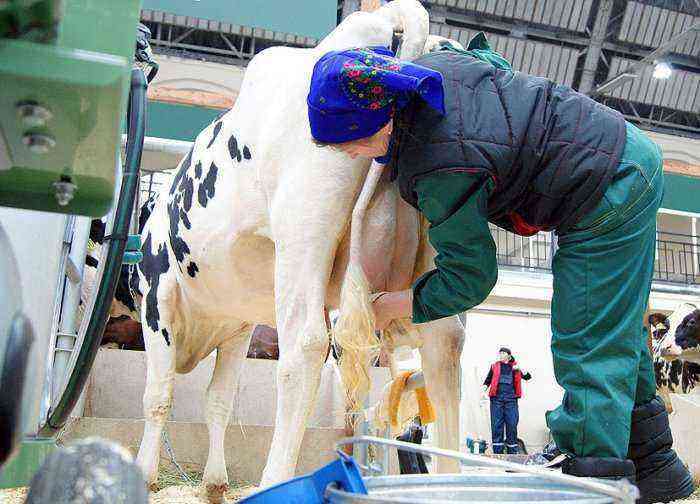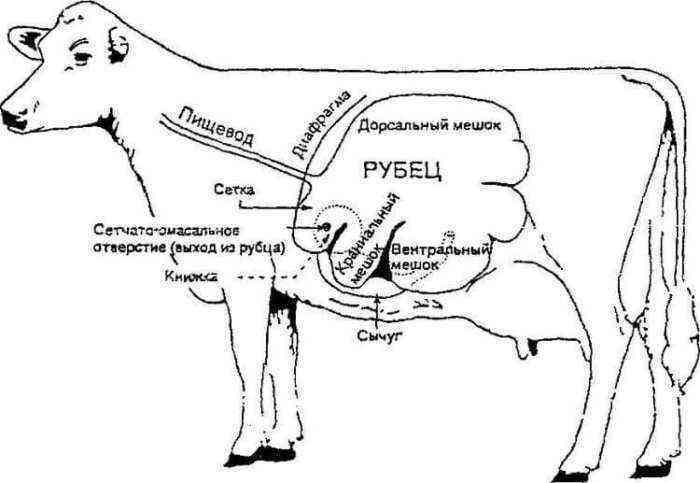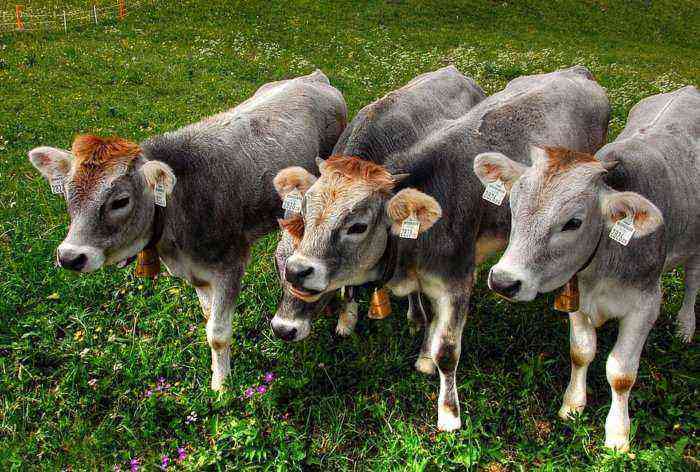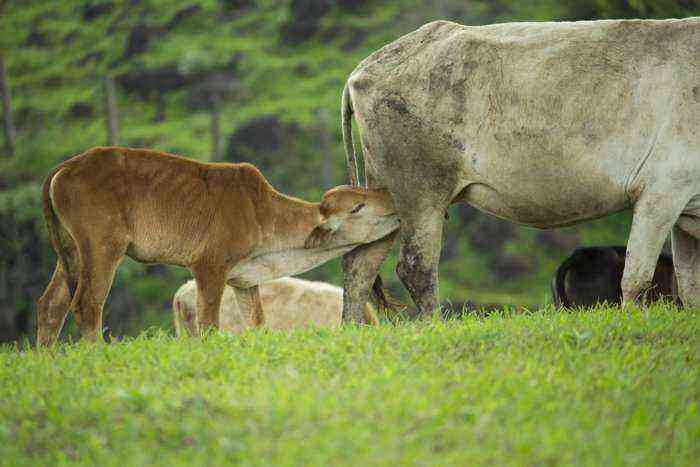Musk Canadian bull is a unique type of cattle. This animal has signs of both cows and sheep, which still makes scientists argue about which of the families to identify the musk ox (the second name of the breed line).
Muscovy Canadian bull
Characterization
Musk bull from the very beginning of its existence lived in cold regions, which was reflected in some of the features of this breed. Many of them, including the appearance of the animal, greatly surprise the person who hears about this variety of cattle for the first time. There are two subspecies of the musk ox. But in terms of characteristics, they differ slightly from each other.
Origin
To date, there is no reliable information about the past of the musky variety of cattle. But most scientists agreed that the musk ox has been around for several million years. It is believed that the original ancestors of the breed lived in the Antarctic part of Eurasia. But, as a result of the glaciation developing in this territory, the animals were forced to change their habitat. They migrated to Canada and Greenland.
By the way, according to one theory, it was in Canada that the name “musk ox” appeared. It comes from the Indian word “musked”, meaning the swampy area in which such animals lived. The second version suggests the appearance of such a name due to the special smell that males emit during the mating season.
The first written mention of musk oxen was made in the XNUMXth century. Then Henry Kelsey, a scientist from Great Britain, was engaged in their study.
It is worth noting that it has not yet been possible to determine the exact ancestors of the northern bull. Until the second half of the XNUMXth century, such animals were classified as a subfamily of bulls. But recent studies and comparisons of characteristics have led most researchers to believe that musk oxen still belong to goats.
By the middle of the XNUMXth century, a small number of livestock had been brought back to Eurasia. Today, in addition to Canada, such animals can also be found in Sweden, Norway and Siberia.
Appearance
In terms of appearance, the musk ox is different from any other breed of bulls. Moreover, the main feature of the appearance of the animal is a long thick coat, covering the entire body in a mop.
Breed description
Moreover, it consists of several layers at once:
- guide wool;
- a layer of undercoat, the main role of which is to protect the animal from the cold;
- long wool;
- intermediate ball.
On average, the length of the coat on the sides reaches 80-90 cm, because of which it practically touches the ground and hides the structural features of the body of the bull. On the back, the length of the hairs is no more than 16 cm.
The dimensions of such animals are quite modest. The weight of an adult cow is 170-180 kg with a height of 120 cm. Bulls grow a little larger and reach a mass of 350 kg. Their height at the withers is 150 cm. But, it is worth noting that this only applies to livestock that lives in the wild. Domesticated musk oxen can reach 650 kg or more.
Among the main features of the physique of a musk bull, the following points stand out:
- strong muscular body, which gradually tapers towards the back;
- a massive hump in the area of the shoulder blades;
- the head is large and suggests the presence of strong twisted horns;
- ears and tail are hidden in a woolen cover;
- legs are strong, the front pair is slightly inferior in length to the rear ones.
As for the color of wool in such animals, brown (in different colors) and black prevail here. Less often, white spots can be traced on the head, limbs and sides. Also, the change of suit occurs depending on the time of year.
Marriage period
Puberty in female musk ox occurs at the age of 1,5 years. Males reach mating readiness on average by 2-3 years of age. Moreover, upon reaching this age, bulls often fight among themselves for females, using large horns. Those males who defeat rivals gather a whole group of females around them and mate with them in turn.
Musk Cub
With successful fertilization, the female most often bears one baby. Less commonly, two cubs are born at once. Pregnancy in cows of this breed takes the same time as in humans, about 9 months. They can bring offspring up to 14 years.
The frequency of pregnancy in cows largely depends on the living conditions. If the food is sufficient and well balanced, the animal produces offspring every year. After the birth of the calf, the female separates with him from the main herd and for a long period behaves apart, raising the baby.
Feeding
Musk bulls, among other breeds of livestock, are distinguished by their unpretentiousness in terms of food, which is the result of long-term habitation in the climate of the Arctic zone. Animals eat exclusively plant foods. They eat:
- tree leaves: willow or birch;
- herbaceous plants: bluegrass, astragalus, sedge;
- lichens and mosses;
- foliage of various shrubs.
During the majority of the year, musk oxen dig out such food from under the snow, where it is stored in a dried, frozen or slightly rotten form. The place of occurrence of such feed, and if possible, the pasture is found by the head of the herd.
Reference. In summer, the Canadian musk ox wanders to the salt licks, where the herd replenishes wasted mineral reserves.
Enemies of the Musk Ox
Musk oxen have several enemies in their natural environment. They are hunted:
- wolves;
- wolverines;
- White bears.
Polar bear
Most often, the target of predators is a lonely young growth, which fights off the herd. If the whole livestock is kept by a group, then the animals are quite capable of repelling such an enemy. To do this, calves, cows and sick individuals get together in a dense group, which is surrounded by a ring of bulls. When a wolf or wolverine tries to break through such defenses, he is deliberately let in and trampled. Sometimes one of the males moves out of the circle and attacks predators at a distance. If none of these tactics work, the herd runs away.
Thus, northern bulls are able to cope with virtually any natural enemy. But, all the same, over the years, the animal population has fallen sharply, because of man. Hunters easily killed whole herds of bulls with guns, which stood motionless, protecting weaker individuals. Such hunting caused a sharp decline in the musk ox population.
Conclusion
Now the entire existing population of northern bulls is under the protection of environmental organizations. Due to the sharply reduced population, hunting such animals is strictly prohibited by law. But this does not prevent many breeders from breeding a northern bull on their farms. Such cattle produce a large amount of soft down (undercoat), which is valued for being good at retaining heat. In addition, it is also able to provide the owner with high-quality fat, which is not inferior to sheep fat in its characteristics.
